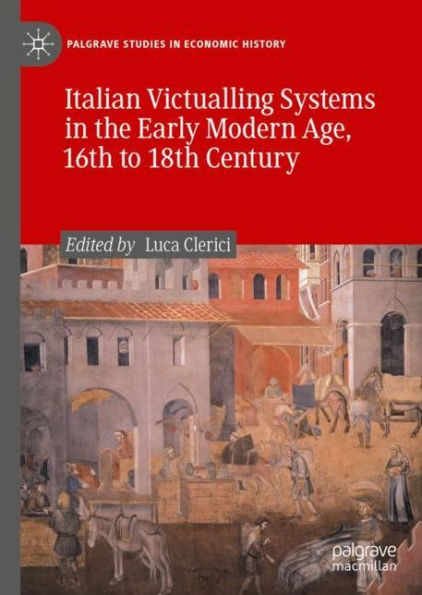5
1
9783030420635



Italian Victualling Systems in the Early Modern Age, 16th to 18th Century available in Hardcover, eBook

Italian Victualling Systems in the Early Modern Age, 16th to 18th Century
- ISBN-10:
- 3030420639
- ISBN-13:
- 9783030420635
- Pub. Date:
- 03/18/2021
- Publisher:
- Springer International Publishing
- ISBN-10:
- 3030420639
- ISBN-13:
- 9783030420635
- Pub. Date:
- 03/18/2021
- Publisher:
- Springer International Publishing

Italian Victualling Systems in the Early Modern Age, 16th to 18th Century
$159.99
159.99
In Stock

Product Details
| ISBN-13: | 9783030420635 |
|---|---|
| Publisher: | Springer International Publishing |
| Publication date: | 03/18/2021 |
| Series: | Palgrave Studies in Economic History |
| Edition description: | 1st ed. 2021 |
| Pages: | 301 |
| Product dimensions: | 5.83(w) x 8.27(h) x (d) |
About the Author
From the B&N Reads Blog
